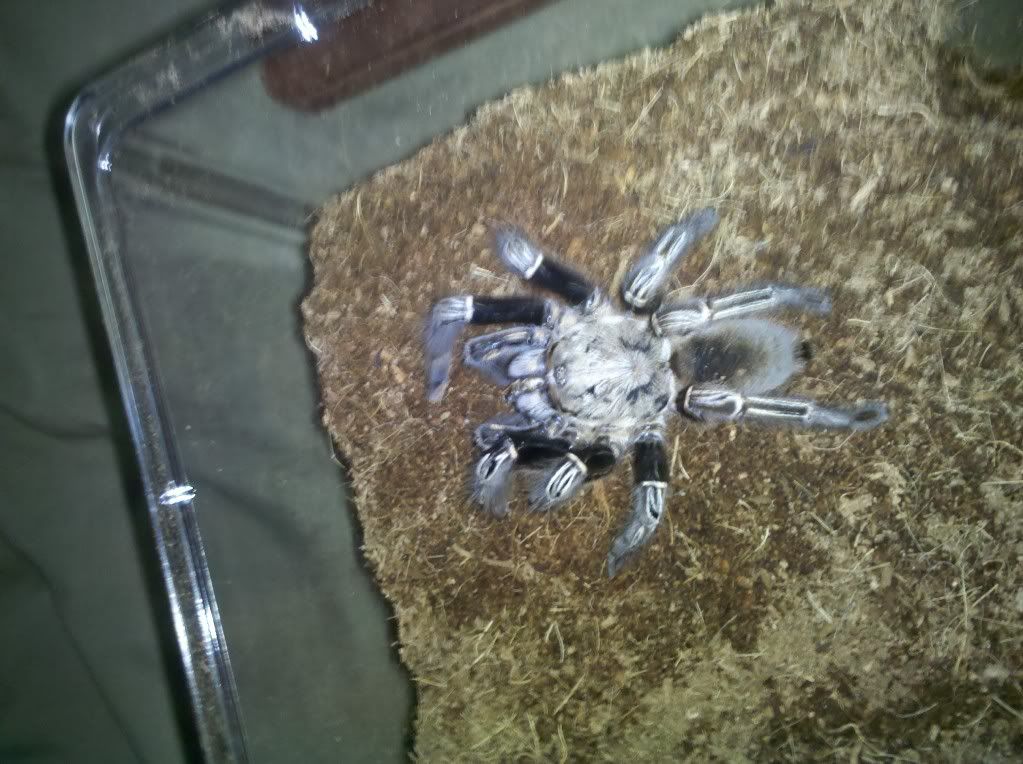LV-426
Arachnobaron
- Joined
- Sep 26, 2010
- Messages
- 497
I picked this up at big reptile import/distributor in the south Florida. It was marked as "skeleton tarantula', along with some E. murinus also. I have had an interest in the genus Ephebopus, and info on E. fossor is scarce. Is this E. fossor
Attachments
-
86.6 KB Views: 569
-
132.9 KB Views: 671



